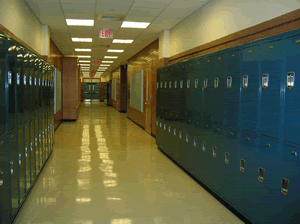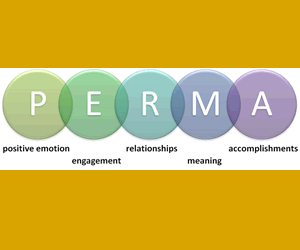 In Australia today, schools have developed various transition programs, policies, and practices to promote a positive transition to high school. This article was produced as a resource for parents, carers, and children to ensure they are equally involved in promoting well being at home during the transition to secondary school.
In Australia today, schools have developed various transition programs, policies, and practices to promote a positive transition to high school. This article was produced as a resource for parents, carers, and children to ensure they are equally involved in promoting well being at home during the transition to secondary school.
When back-to-school means starting high school, there are a few more essentials to add to the checklist. Along with the usual school supplies and uniform items, it’s critical to include the psychological tools required to prepare both you and your child for the changes ahead.
While most Australian students positively transition into high school, approximately 30% of Students have difficulty adjusting (Waters, Lester, and Cross, 2014). However, it’s not only the child who may feel overwhelmed, it’s also common for the parents to feel this way. With access to relevant resources, you can confidently prepare your child for the changes that lay ahead.
Here are three things you can do to positively prepare your child for their transition into high school:
- Explain the differences
Start by setting aside time to explain the differences between primary and high school. These changes may sound obvious to us as adults, however talking about them will help you empathise and relate with the changes they are facing. Go as far as to share a story from when you started high school or a time when you felt nervous about a new beginning.
To best familiarise your child before their first day, attend open days, map out their school-journey, speak with other students or teachers at the school and search the school’s website.
Assure them it’s normal to worry about what high school might be like. They may have negative preconceived ideas from schoolyard rumours or movie stereotypes, such as the homework will be impossibly hard, or they’ll definitely get lost. Ask them what fears they have and bust any looming myths.
Remember to be honest and open when discussing questions of puberty and teenage life, the better informed they are the better decisions they can make.
Find the balance between involvement and independence
Starting high school is a great time for setting new boundaries. As your child transitions into a teen they will increasingly seek out independence. However, independence isn’t established that easily; it takes effort to both teach and to learn.
Ensure that you create a routine from the outset. In turn, this structure will help your teen to organise themselves. Be clear about the boundaries, and consider establishing them together with your child, to encourage them to uphold these behaviours. Cover all areas, including curfews, social behaviours, school expectations and chores at home.
Despite your teens normal yearn for seeking out independence and privacy, this period of change will require a level of involvement and engagement from you as the parent. Be familiar with what’s expected of them at school and attend events where possible. Know that while they might resist, a healthy level of engagement shows that you care. Let them know that you are there and that it’s ok to ask for help.
Finding the balance between independence and involvement will require continual communication as you prepare your teen for adulthood.
- Pack them a happiness kit
Of all the things on the back-to-school checklist, ensure that you pack your child their own happiness kit. This should include but not be limited to confidence, mindfulness, and happiness tricks.
Confidence: To ‘be you’ is easier said than done. In order to encourage students to be themselves, encourage them to undertake extra-curricular activities to increase their inner confidence of their abilities.
Mindfulness: The basic skill of stopping and being mindful of our thoughts, feelings, and behaviours is invaluable for managing the intense emotions teens experience during puberty. Studies have also found mindfulness to mitigate effects of bullying and improve social skills, mental and general wellbeing (Zhou, Liu, Niu, Sun, & Fan, 2017). For a great list of mindfulness activities to use with teens see here (https://positivepsychologyprogram.com/mindfulness-for-children-kids-activities/)
Happiness tricks: Teach your child to be aware of things they enjoy doing; activities that evoke positive emotions. In contrast to acts that we do to survive such as eating or sleeping, these are things we can do that make us feel good – like listening to music, exercising, talking with friends or colouring. The earlier youth start recognising and implementing these positive practices, the sooner they will become part of their go-to coping strategy, reducing the use of unhealthy self – medicating options such as drugs, alcohol or other addictive behaviours.
Psychologist William James famously said, “The greatest weapon against stress is our ability to choose one thought over another.” It’s important to note that no one is happy all the time. Experiencing negative emotions is what makes us human. However the ability to be aware of these emotions and undertake positive coping skills is well proven to increase ones overall wellbeing. You know your child best, if you notice any signs of anxiety or depression contact a mental health provider to seek professional support or contact Beyond Blue or Lifeline, free services in Australia.
Your child’s first year of high school is an important time where your preparedness will help prepare your teen for their future. The earlier we start building this tool-kit the better equipped they will be for life. Support your teen by scoping out their new environment, establishing new ways of relating and providing them with their own happiness toolkit that they can take with them when navigating their transition to high school.
Amba Brown is an Australian Positive Psychology author and the creator of Finding Your Path Books, a happiness series for youth transitions; Starting school, starting high school and finishing school.
You can find more information about Amba and her books here.


